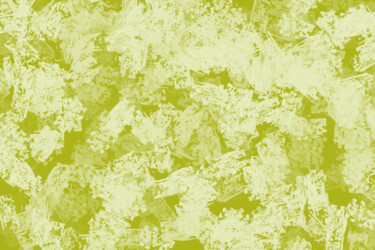5,948 原始限量版和数字艺术作品出售:
你在找出售原创数字艺术作品吗?
探索所有风格和所有数字艺术技术:当代艺术、街头艺术、抽象艺术、具象艺术...... ArtMajeur 迎合所有艺术敏感性,20 年来一直在您身边庆祝美,有超过 360 万件当代艺术作品供您探索。 .. 或获取!发现来自世界各地的当代艺术家的作品,用一流的方式装饰您的室内!单纯的艺术爱好者还是公认的收藏家?找到最喜欢的画布或绘画,真正增强您的装饰效果。 ArtMajeur 为您提供世界上最优秀的当代艺术家的原创作品、限量版和艺术版画。在 ArtMajeur 上,数字艺术作品由艺术市场的爱好者和专家挑选。我们为您精选时尚、获奖、知名艺术家的原创作品,以及当代艺术领域新崛起的价值,为您在线购买数字艺术提供指导和帮助。
Discover contemporary Nature Digital Arts on ArtMajeur
Contemporary Nature Digital Arts is a unique form of original artwork that captures the beauty of nature through digital mediums. With the advancement of technology, artists now have access to a variety of supports and materials to create mesmerizing pieces, including digital tablets, software, and printers. This form of art is unique in that it combines the traditional beauty of nature with the modernity of digital mediums, resulting in stunning and thought-provoking pieces. The use of digital tools allows artists to manipulate and enhance their work, creating pieces that are both realistic and surreal. This art form is gaining popularity as it provides a new perspective on the natural world, and opens up new creative possibilities for artists.
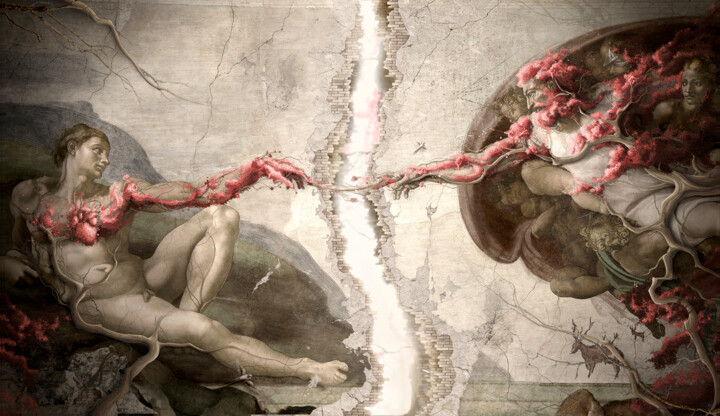
©2022 Rafael Castillo Guillén
Origins and History
Contemporary Nature Digital Arts emerged in the late 20th century as a response to the growing environmental awareness and the development of digital technologies. This art form uses digital tools to create works that explore and celebrate the natural world, from its landscapes to its creatures. The history of Nature Digital Arts is closely intertwined with the history of digital art and environmental art, and can be traced back to the 1960s when artists began to experiment with computer-generated imagery and interactive installations.
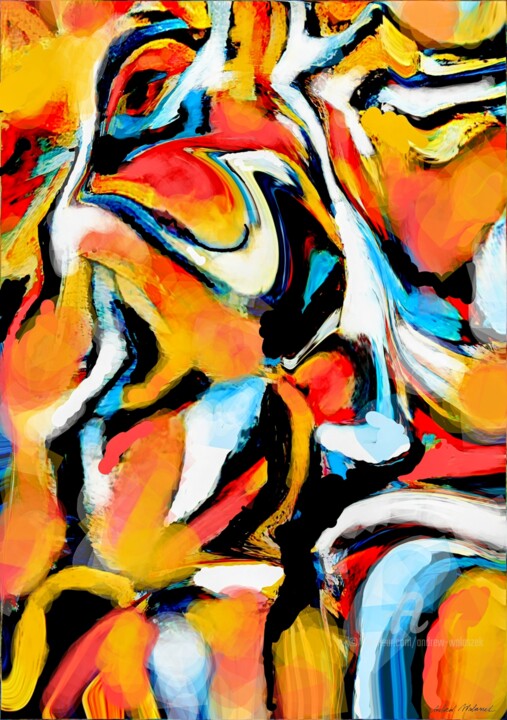
©2024 Andrew Walaszek
Evolutions of theses works in the contemporary art market
Contemporary Nature Digital Arts have undergone a remarkable evolution in recent years. With the advent of technology, artists have been able to create awe-inspiring, realistic and immersive pieces that connect the viewer to nature in a unique way. This new art form is important because it allows us to see the natural world in new ways and to explore the beauty and complexity of nature. The use of technology in these works has allowed artists to push the boundaries of creativity and to produce works that are truly breathtaking. These works have gained a significant place in the contemporary art market, as collectors and museums alike are eager to acquire pieces that challenge the traditional boundaries of art and offer new perspectives on the natural world. As the field continues to evolve, it is exciting to consider what new innovations and techniques will emerge, and how they will continue to shape our understanding of nature and our relationship with it.
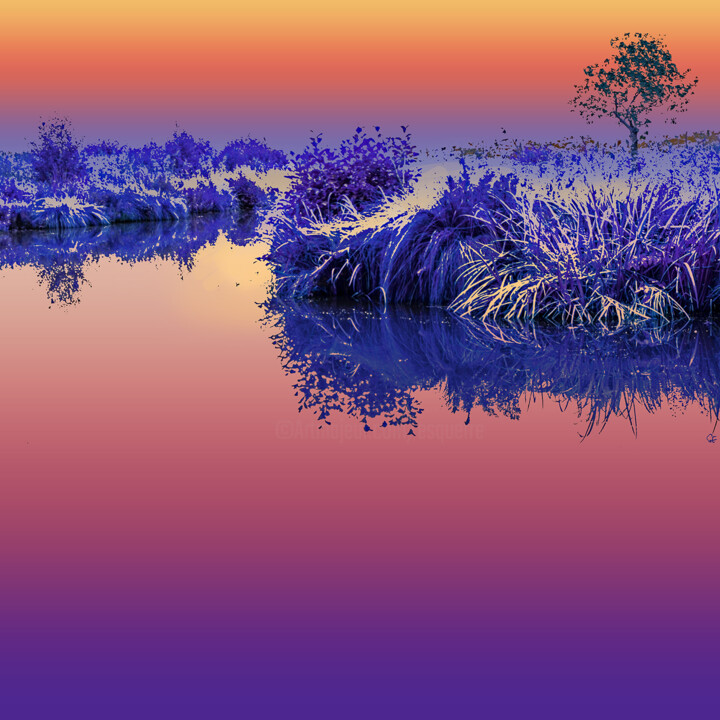
©2025 Gérard Esquerre
Related Famous Artists
Contemporary Nature Digital Arts have gained popularity in recent years, showcasing the intersection between technology and the environment. Here are some well-known artists who have made significant contributions to this genre.
First on the list is Jennifer Steinkamp, an American artist known for her immersive installations that depict natural elements such as trees, flowers, and water. Using digital animation and projection mapping, Steinkamp creates mesmerizing, lifelike animations that transform exhibition spaces into surreal forests and gardens.
Next is Refik Anadol, a Turkish artist who explores the potential of machine intelligence in his works. Anadol’s installations often feature data visualization and AI algorithms that translate environmental data into stunning visual displays. His work blurs the line between the natural and artificial, inviting viewers to contemplate the impact of technology on our relationship with nature.
Joshua Davis is another artist who has gained recognition for his Nature Digital Arts. Davis uses algorithmic design techniques to create abstract compositions that evoke natural phenomena such as waves, clouds, and fire. His works are often dynamic and interactive, responding to the movements and gestures of the viewers.
Finally, there is Quayola, an Italian artist who combines digital technology with traditional art forms such as painting and sculpture. Quayola’s works often involve the use of 3D scanning and printing, creating hybrid forms that merge the organic and inorganic. His pieces explore the beauty and complexity of natural forms, and question our perception of reality in the digital age.
These artists represent a diverse range of approaches to Contemporary Nature Digital Arts, highlighting the potential of technology to deepen our understanding and appreciation of the natural world.

©2024 Emanuel Baumann
Notable contemporary Nature Digital Arts
Contemporary nature digital art has become increasingly popular in recent years, with artists using digital technology to create stunning and thought-provoking images that explore our relationship with the natural world.
One such artist is Jennifer Steinkamp, whose 2015 work "Botanic 3" features a series of flowering vines that seem to grow and bloom before our eyes. Using 3D animation and projection mapping, Steinkamp creates a mesmerizing, immersive experience that invites viewers to contemplate the beauty and fragility of plant life.
Another notable contemporary nature digital artist is Refik Anadol, who created "WDCH Dreams" in 2018. This installation, which was projected onto the facade of the Walt Disney Concert Hall in Los Angeles, uses data from the building’s architecture and surrounding environment to create a constantly evolving visual landscape that blurs the boundaries between nature and technology.
In 2019, artist Daito Manabe created "Dissonant Imaginary" as part of the "TeamLab Planets" exhibition in Tokyo. This immersive installation features a series of interactive digital projections that respond to the movements and sounds of visitors, creating a dynamic and ever-changing experience that explores the relationship between humans and the natural world.
Other notable contemporary nature digital artists include Ryoji Ikeda, who created "test pattern" in 2008, a mesmerizing audiovisual installation that explores the patterns and rhythms of nature through digital technology, and Zaria Forman, who uses digital drawing tools to create hyperrealistic images of melting glaciers and other natural wonders.
Through their innovative use of technology and their deep engagement with the natural world, these artists are helping us to see and appreciate nature in new and exciting ways, reminding us of our connection to the planet and the urgent need to protect it for future generations.
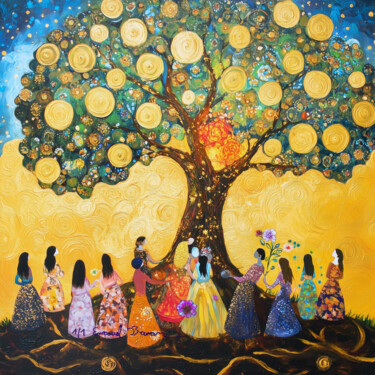
Emanuel Baumann
数字艺术 | 35.8x35.8 in
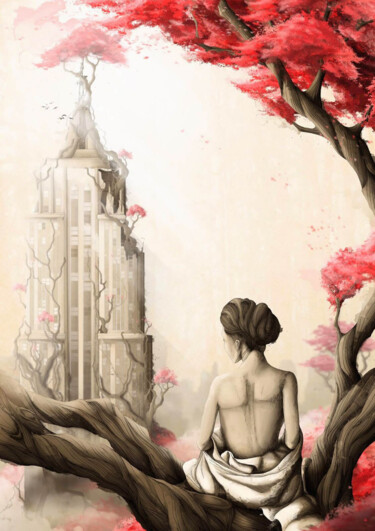
Rafael Castillo Guillén
数字艺术 | 27.6x19.7 in

Davina Dugnas
数字艺术 | 19.7x19.7 in
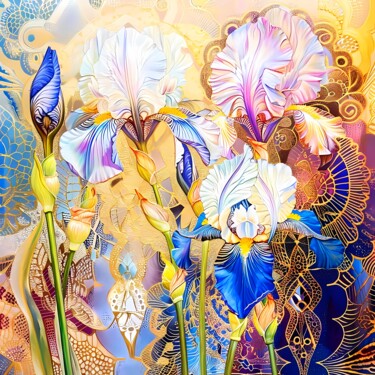
Irina Bast
数字艺术 | 39.4x39.4 in

Andrew Walaszek
数字艺术 | 48x36 in

Irina Bast
数字艺术 | 39.4x39.4 in

Rafael Castillo Guillén
数字艺术 | 27.6x19.7 in

Marina Pokachalova (Marina Artsea)
数字艺术 | 23.6x15.8 in

Marina Pokachalova (Marina Artsea)
数字艺术 | 35.4x19.7 in

Rafael Castillo Guillén
数字艺术 | 27.6x19.7 in
